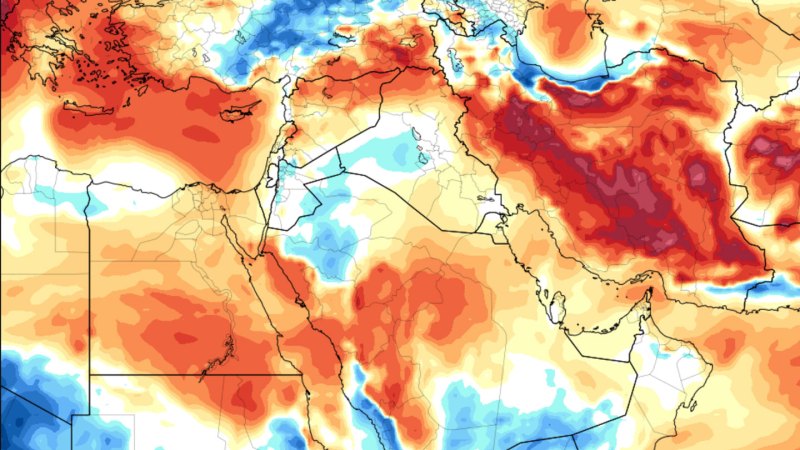
Extreme Climate Survey
Scientific news is collecting questions from readers about how to navigate our planet’s changing climate.
What do you want to know about extreme heat and how it can lead to extreme weather events?
But how to live with the heat that is already here? Readers have been asking us a bunch of great questions about resilience, power usage, and customizations—many of which we aim to answer in future updates. There is so much to say on this topic.
A few readers specifically asked about the conditioner, so let’s start here. Some of the questions we received include: How much extra carbon dioxide is emitted due to the use of American air conditioners during the summer? How can we live a life that uses less electricity?
According to the US Energy Information Administration, in 2020 (the most recent data available), air conditioning accounted for almost 20 percent of total electricity consumption by American homes (or about 254 billion kilowatt-hours). In commercial buildings in the US, in 2018, electricity consumption for cooling accounted for about 18 percent of total building energy use. And another 18 percent of commercial buildings’ electricity consumption was for ventilation—moving cooled air around.
But how does this translate into carbon dioxide emissions? According to the US Department of Energy, air conditioning accounts for about 117 million metric tons of greenhouse gas emitted into the atmosphere each year. Researchers at the U.S. National Renewable Energy Laboratory, based in Golden, Colo., calculated that globally in 2022, air conditioning is responsible for about 1.950 million metric tons of carbon dioxide released each year, accounting for nearly 4 percent of total global greenhouse gas emissions. .
This fraction is likely to increase as the world warms – so there are active areas of research into how to cool buildings without turning on the air conditioner (and thus increasing energy consumption). For example, a new study published Aug. 9 proposed a zigzag wall design that would increase the building’s passive radiative cooling ability—in other words, it could reduce the wall’s temperature while also sending more of the sun’s heat back into the building. space at a wavelength that is not absorbed. from the earth’s atmosphere (SN: 8/9/24).
Innovative designs like this – along with research into how to better cool homes through solar panels, urban tree canopy and other strategies – will be the subject of future updates. In the meantime, please keep sending in your questions about Earth’s extreme heat and climate change—we’ll be looking for answers in future Extreme Climate Update columns.
#Extreme #heat #waves #raise #questions #air #conditioning
Image Source : www.sciencenews.org



